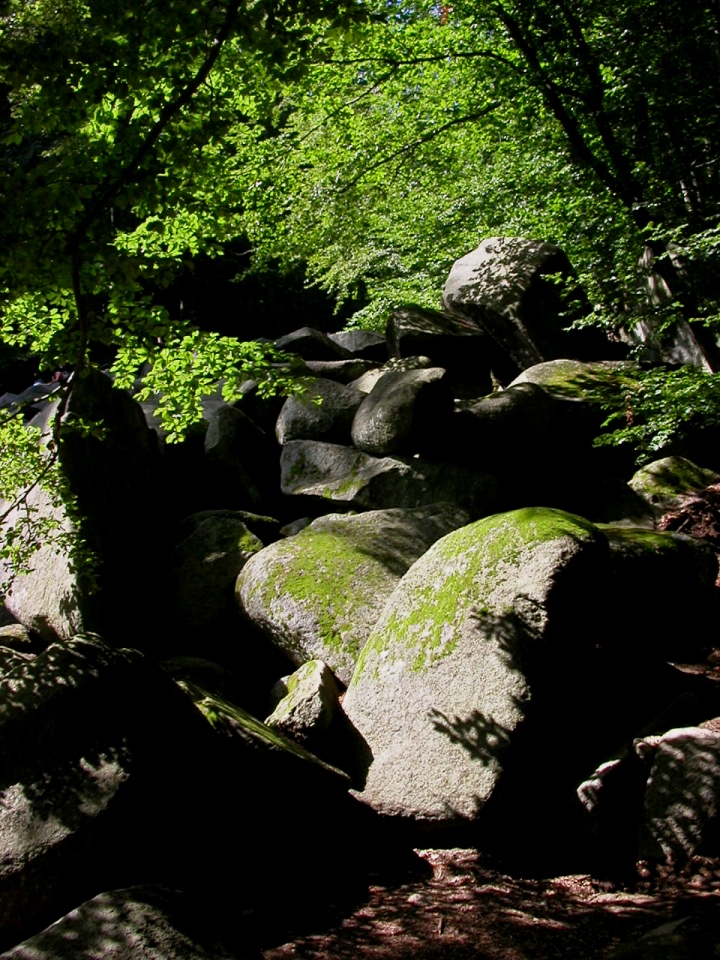|
Bergstraße-Odenwald Nature Park
The Bergstraße-Odenwald Nature Park () is a nature park in southern Germany with an area of 3,500 km² that lies between the rivers Rhine, Main (river) and Neckar. In the south it overlaps in places with the Neckar Valley-Odenwald Nature Park on the territory of Baden-Württemberg. In the east it meets the Bavarian Spessart Nature Park at the River Main. The nature park covers parts of the states of Baden-Württemberg, Bavaria and Hesse. Sights * Messel Pit, * Lorsch Abbey, * Kühkopf-Knoblochsaue, Stockstadt am Rhein * Odenwald Limes * Felsenmeer near Reichenbach, Lautertal (Odenwald) * Obrunn Gorge between Höchst im Odenwald and Rimhorn * Heidelberg and Heidelberg Castle * Lösswand von Haarlass in Heidelberg, the first scientific description of which by Karl Cäsar von Leonhard in 1824 led to the introduction of the term loess * Katzenbuckel – at 626 metres, the highest point in the Odenwald * Odenwald Open Air Museum in Walldürn- Gottersdorf * Ebers ... [...More Info...] [...Related Items...] OR: [Wikipedia] [Google] [Baidu] |
Odenwald
The Odenwald () is a low mountain range in the Germany, German states of Hesse, Bavaria and Baden-Württemberg. Location The Odenwald is located between the Upper Rhine Plain with the Bergstraße Route, Bergstraße and the ''Hessisches Ried'' (the northeastern section of the Rhine rift) to the west, the Main (river), Main and the Bauland (a mostly unwooded area with good soils) to the east, the Hanau-Seligenstadt Basin – a subbasin of the Upper Rhine Rift Valley in the Rhine-Main Lowlands – to the north and the Kraichgau to the south. The part south of the Neckar valley is sometimes called the ''Kleiner Odenwald'' ("Little Odenwald"). The northern and western Odenwald belong to southern Hesse, with the south stretching into Baden. In the northeast, a small part lies in Lower Franconia in Bavaria. Geology The Odenwald, along with other parts of the Central German Uplands, belongs to the Variscan orogeny, Variscan, which more than 300 million years ago in the Carbonife ... [...More Info...] [...Related Items...] OR: [Wikipedia] [Google] [Baidu] |
